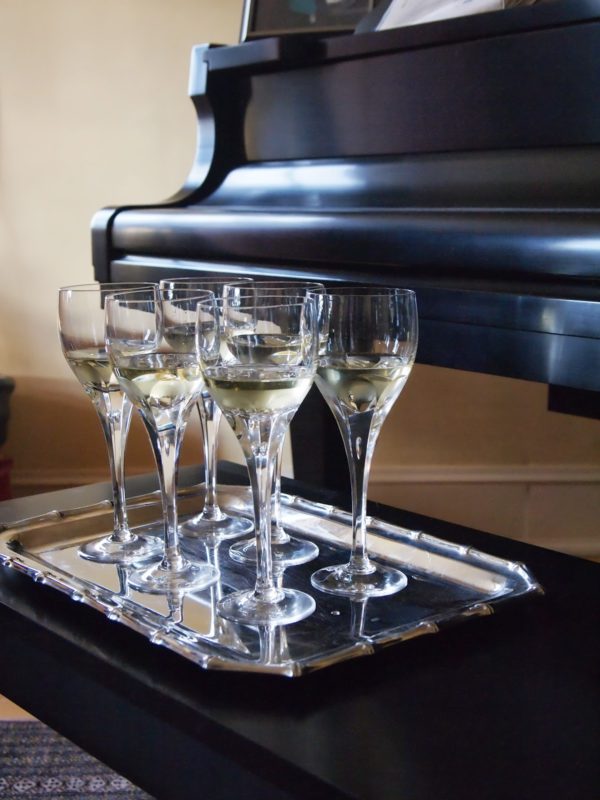
Today I co-posted with David who writes the food blog entitled Cocoa & Lavender. See his blog for one of the recipes mentioned in this post!
We always harbor the hope that we will discover a good wine at a really reasonable (read: cheap) price. Who doesn’t?
We’ve had some real duds in this quest—wines that wouldn’t even qualify as marinades and went straight down the kitchen sink—and we’ve made some terrific discoveries. The wines from Gascony and its neighboring appellations definitely fall into the latter category.
Gascony, to be clear, is not in Provence, the familiar stomping ground of The Modern Trobadors. It lies about 300 miles (about 500 kilometers) away in what is called the Sud-Ouest (Southwest) wine region, of France.
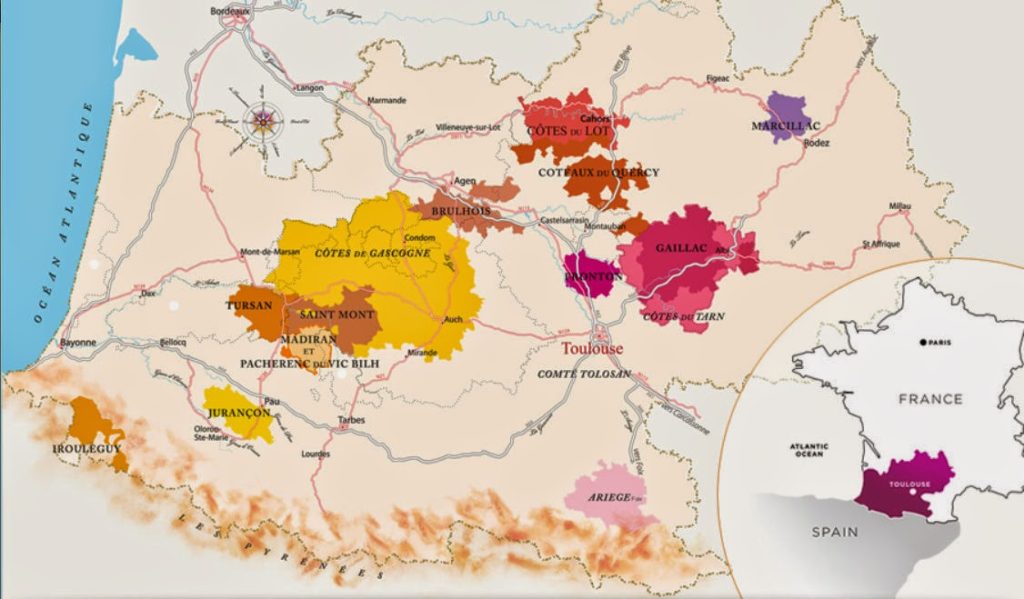
That’s a wine region? Yup. You know its neighbors, Bordeaux and Languedoc, but somehow this wine region of 30 or so appellations across 124,000 acres (50,000 hectares) of vines in some of the country’s lushest terroir has not yet established a regional identity outside of France. Southwest is fourth largest region in terms of volume, but very little of it is seen in the U.S. (although I hope this is changing).
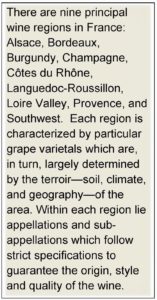 When we found out that Sud-Ouest wine production, like most of the South of France, began with the Romans, long before wines were made by its world famous neighbor Bordeaux and that, by the Middle Ages, the Sud-Ouest wines were in much greater demand, in France and in England, than the wine from Bordeaux, we were curious and wanted to know more.
When we found out that Sud-Ouest wine production, like most of the South of France, began with the Romans, long before wines were made by its world famous neighbor Bordeaux and that, by the Middle Ages, the Sud-Ouest wines were in much greater demand, in France and in England, than the wine from Bordeaux, we were curious and wanted to know more.
What we discovered are some really good wines at reasonable prices from a region of diverse producers who are united by their passion to produce excellent wines. Many Sud-Ouest vignerons have dedicated their careers to preserving rare grape varieties, even saving some from extinction, so that the grapes from which these wines are made are probably ones you have never ever heard of!
With grape names like Loin de l’Oeil (“far from the eye”) and Folle Blanche (“crazy white”) and appellation names like Irouléguy and Pacherenc du Vic-Bilh, we had to know more!
What better way to get to know the wines from Gascony than to have a dinner party? I called David, good friend and author of the fabulous food blog, Cocoa & Lavender, to see if he was interested. He was game and came up with the menu based on the wines we had and we were off on a culinary adventure that begins in Gascogne.
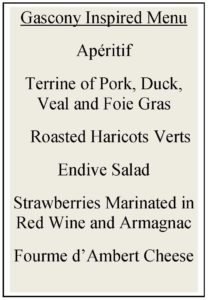 Gascony, as it is called in English, was once a much larger geographic region, encompassing all the land north of the Pyrenees, to the west of the Garonne River, up to and including Bordeaux. A beautiful area of verdant rolling hills dotted with medieval villages and lovely views of the Pyrénées Mountains in the distance, it has a long history of winemaking.
Gascony, as it is called in English, was once a much larger geographic region, encompassing all the land north of the Pyrenees, to the west of the Garonne River, up to and including Bordeaux. A beautiful area of verdant rolling hills dotted with medieval villages and lovely views of the Pyrénées Mountains in the distance, it has a long history of winemaking.
In the Middle Ages, all the wine from Gascony (and other inland areas) traveled along the Garonne River to the port of Bordeaux where it was sold or traded. By the 1300s, it was the Gascon wine that was especially coveted. As a result, nervous wine merchants of Bordeaux finagled the institution of a policy—La Police des Vins-– that basically required all the Bordeaux wine to be sold before any other wine could be sold or traded out of the port. Apparently there were other underhanded tactics back then that were instrumental in propelling the demand for Bordeaux beyond that for Gascony.
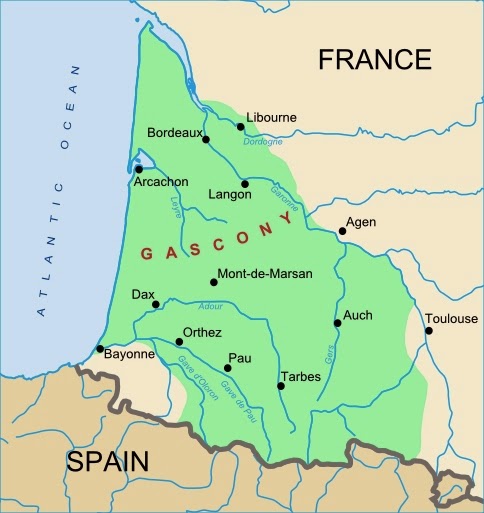
Today’s much smaller Gascon wine district—Côtes de Gascogne—is located in the heart of the Vins du Sud-Ouest wine region, largely in the Gers Department in the French administrative region Midi-Pyrénées. It is the home of Armagnac and, until recently, the majority of…
the grapes—particularly Ugni Blanc and Colombard—went into Armagnac barrels and only what was left over was made into wine.
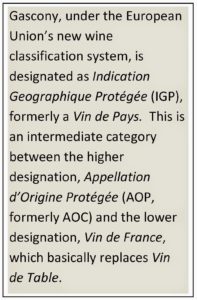 Gascony does not produce any AOP/AOC wines. It is known for its IGP or Vin de Pays wines and, in fact, is the highest producing IGP wine district in the Southwest region. According to the wine trade organization of the Southwest region (known, in France, as Interprofession des Vins du Sud-Ouest), as much as 75% of Côtes de Gascogne wine is devoted to export, making it one of the country’s “most widely exported white wines.”
Gascony does not produce any AOP/AOC wines. It is known for its IGP or Vin de Pays wines and, in fact, is the highest producing IGP wine district in the Southwest region. According to the wine trade organization of the Southwest region (known, in France, as Interprofession des Vins du Sud-Ouest), as much as 75% of Côtes de Gascogne wine is devoted to export, making it one of the country’s “most widely exported white wines.”
Our Gascon wines were both white: a Plaimont Colombelle L’Original (2011) and a Domaine de Pellehaut Harmonie de Gascogne (2011).
The Colombelle is a combination of Colombard and Ugni Blanc grapes. We served it as an apéritif along with some very light nibbles of sweet potato chips and olives roasted with marcona almonds and shallots. This is an uncomplicated, light, and pleasant wine. We felt it was a nicely balanced wine with light bouquet and a tropical fruit finish. One person tasted “grapefruit” and another discerning palate tasted “grape skins”. This bottle typically retails for around $10 but I see it is on sale for $7 in Massachusetts. At these low prices, I can see buying a case!
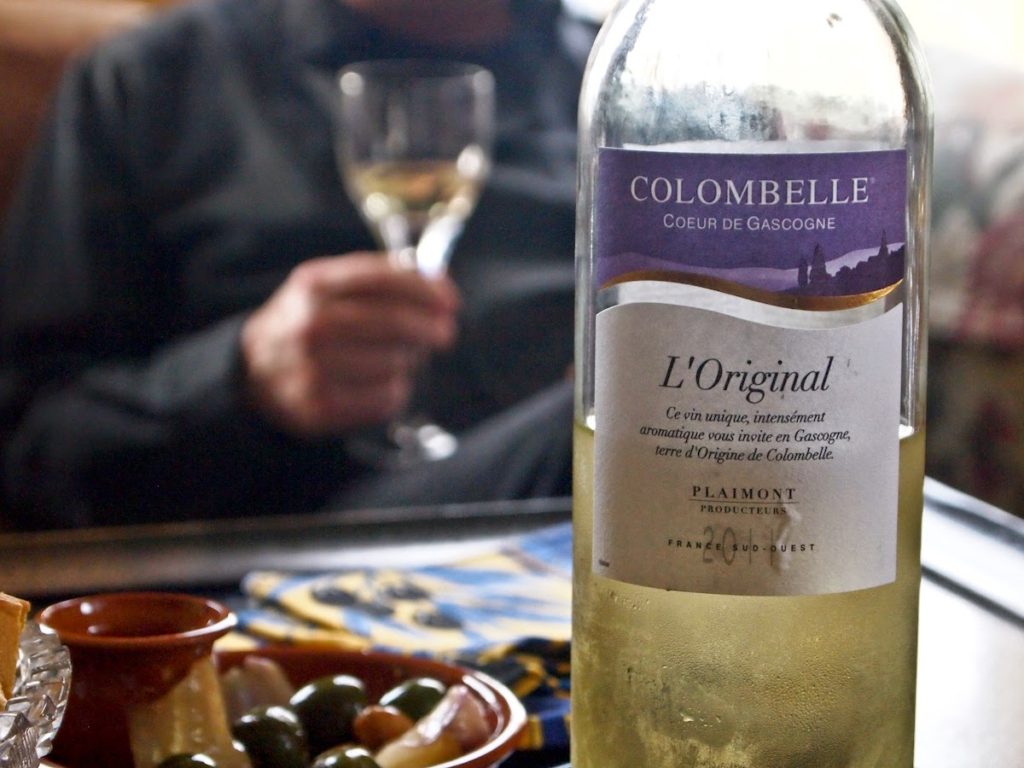
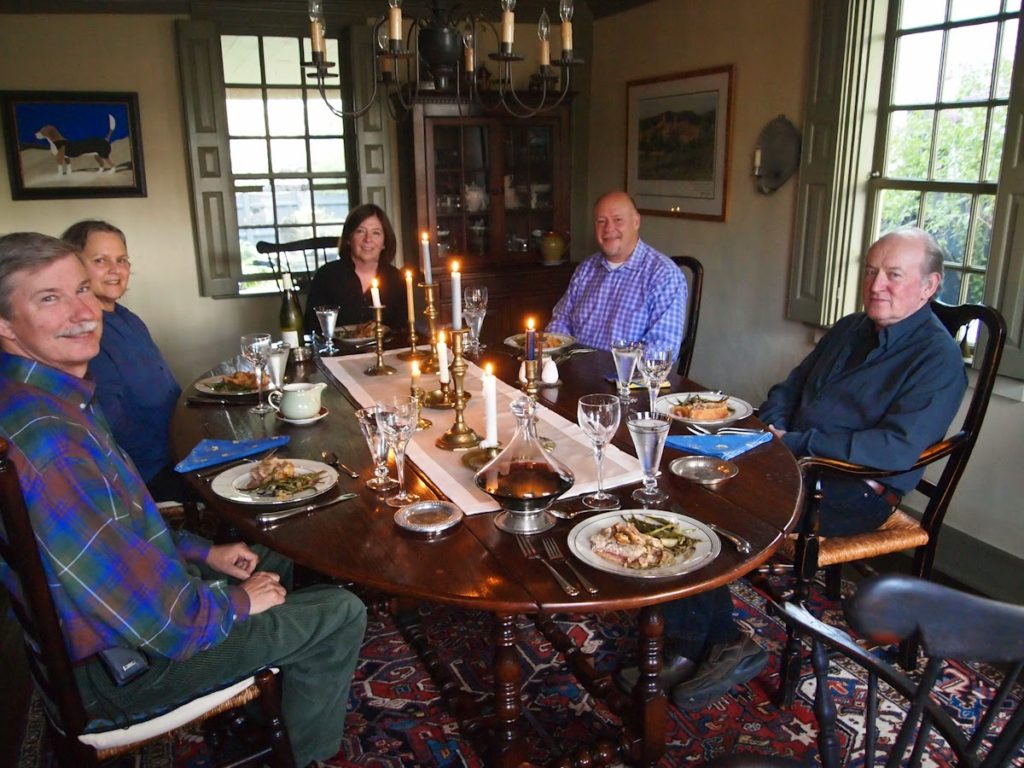
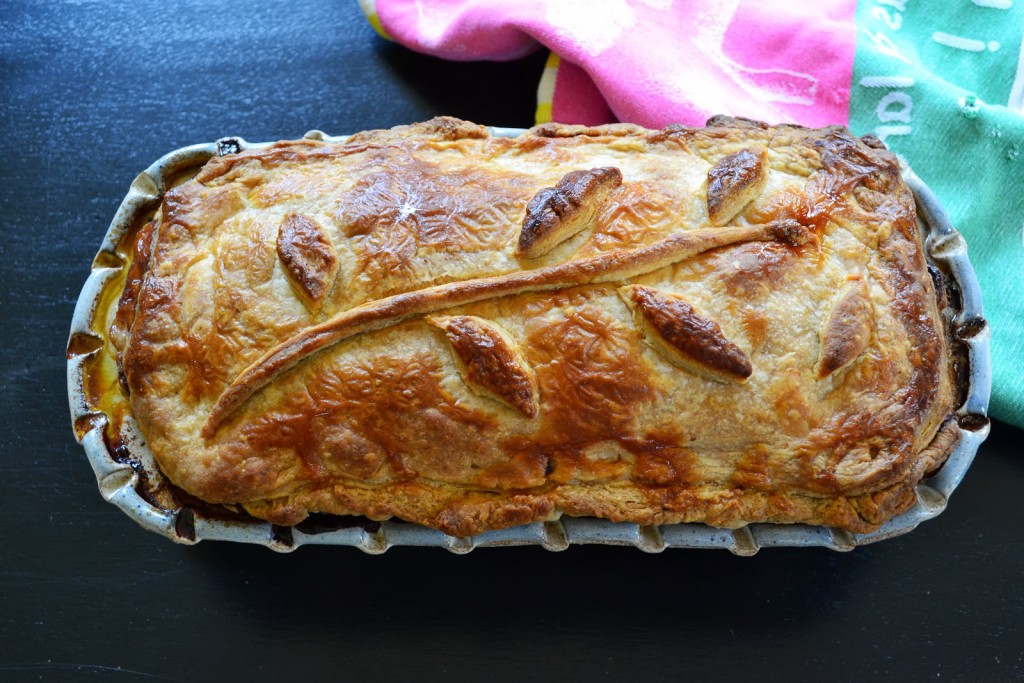
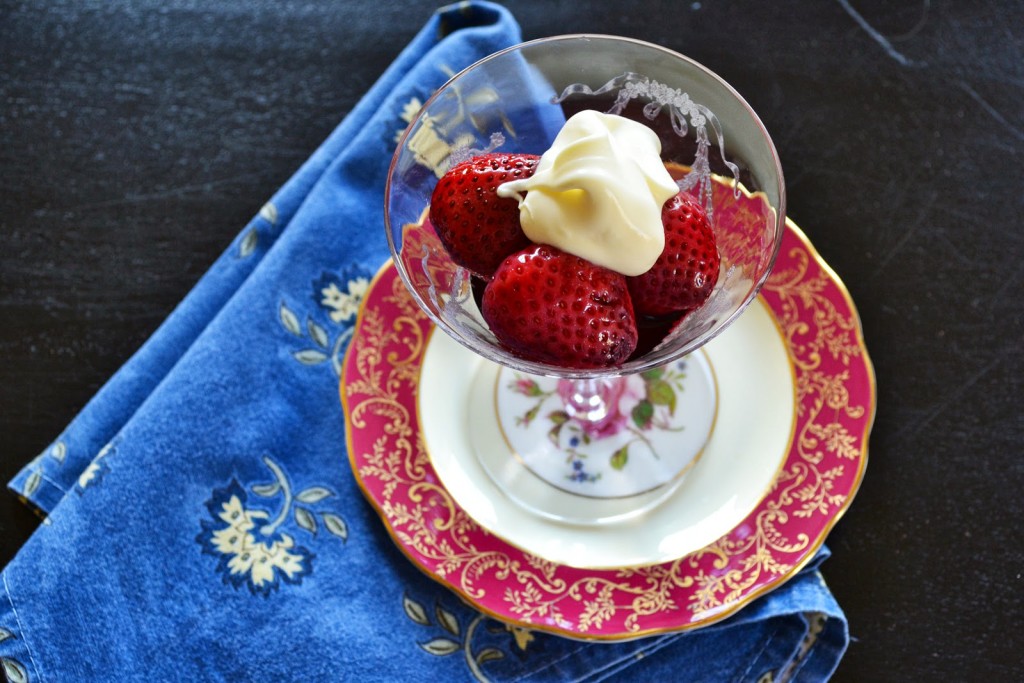
Finally, we served each person a tiny morsel of the Fourme d’Ambert cheese to be enjoyed with the Saint Albert wine or a small snifter of Armagnac.
Our Gascon meal transported the dinner party to the Southwest region of France. In the South of France, I have only traveled as far west as Toulouse but, now, I long to go deeper into the luscious green countryside to visit medieval hilltop villages, fortified villages, châteaux, and to enjoy what they refer to as the douceur de vivre. Ah, the sweetness of life was certainly around our table.
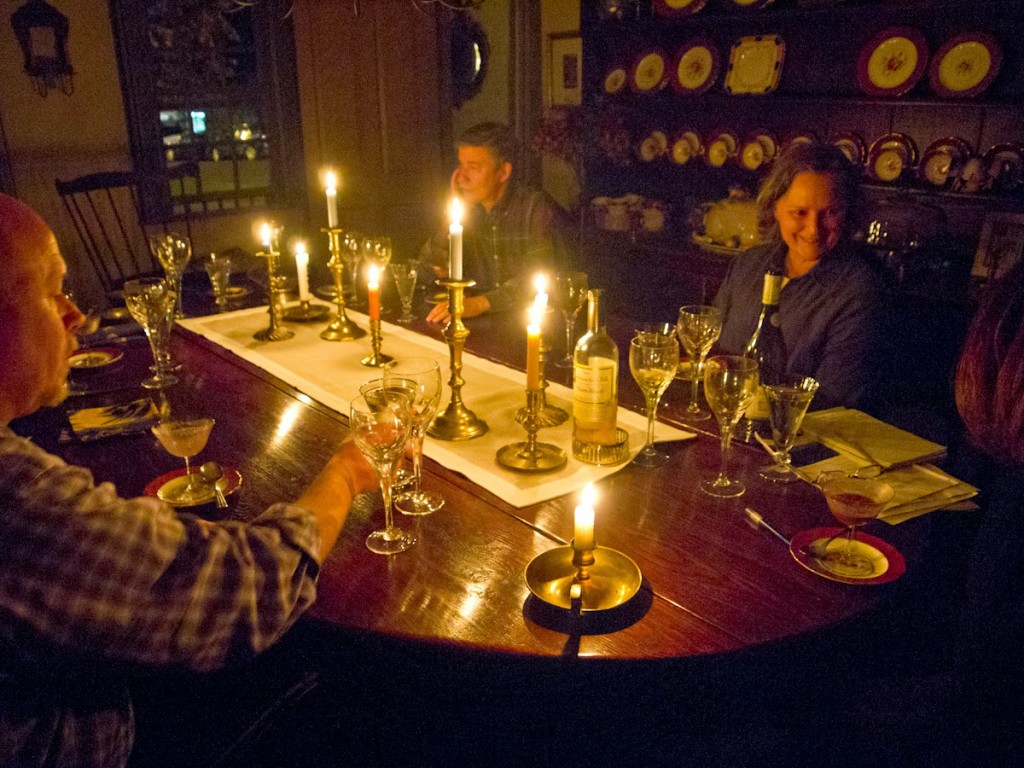
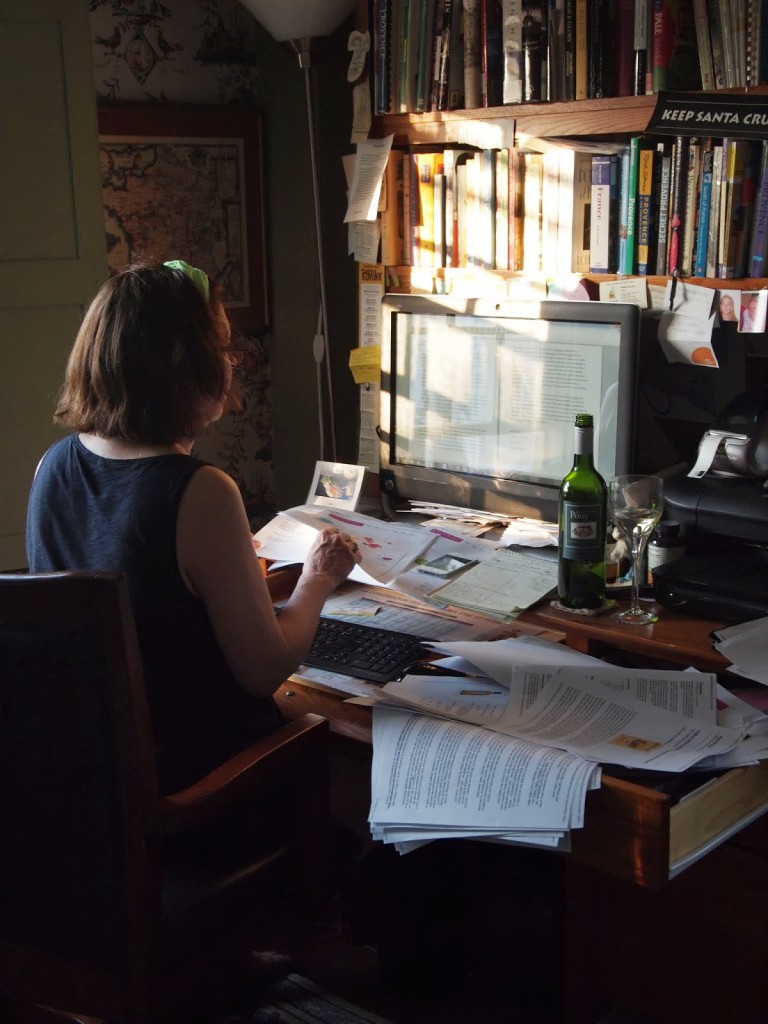
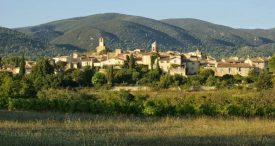





Bonjour,
Thank you again for a lovely article about the wines of you region. I'm curious to know if you have had a chance to try the Miraval blush from Brad Pitt and Angelina Jolie's Vineyard in Provence? My incredible sister was able to secure three bottles of the 2013 vintage for me. I have read that it scored a whopping 90 points when put through it's paces. It's chilling nicely as I write this ready for our next dinner party. ♥
Denise Rheault
Can't wait to go to my local wineries and look for Gascone wines here in Malta. Will let you know if I have any success. Also, I have just discovered those exquisite melons you described in last last week's blog! They ARE being imported here, and I know exactly what you mean about preferring to eat them privately in the kitchen! : )
Susan – this was so much fun, and I really look forward to presenting both my and your readers with the terrine soon! (It has to cool off in Tucson first!) If I can get it to look as nice on the inside as I did on the outside, I will be very happy! I really love the names of all the grapes and appellations. Oh, and the Pacherenc du Vic Bilh? Phenomenal… Thanks fro including Mark and me on this adventure. I loved the cooking and he loved eating and drinking everything we brought out! Bisous! ~ David
Hi Denise,
I have indeed tried the Miraval rosé and loved it! I wrote a post about it in May–I hope you will check it out!
I hope you enjoyed it with your dinner!
Cloe,
Have you had any success? I am very curious if you can find the melons in Malta.
Glad you can get the melons! Good do know that I would have some sympatico company in the kitchen!
We are all salivating as we wait for the terrine! It was terrific as was the entire dinner. In the meantime, I hope your readers will try the strawberry dessert, which was simply elegant!
The wines from Gascony, Pacherenc du Vic Bilh,and Cahors, (and our Châteauneuf du Pape wine!) were wonderful, weren't they?!
No luck yet on the Gascone wines (but I haven't revved up into serious 'research mode' yet), and the Cavaillon melons seem to be available only with the 'better', more up- market, green grocers. Locally produced melons are now in abundance, so anything else is difficult-to-impossible to find! But I love little 'detective projects' such as these, so will keep you posted.
Cloe,
It is so fun to have you as a reader! Let me know if you find either–in fact, I think they might go well together!
Readers might be interested to know that Cloe is the proprietress of "Goddess Tours to Malta" (http://www.goddesstourstomalta.com/cloe.html) and, as such, plans tours of Malta and Gozo. I have always wanted to take one of her tours!
Thanks again for your comment, Cloe, and keep us posted!